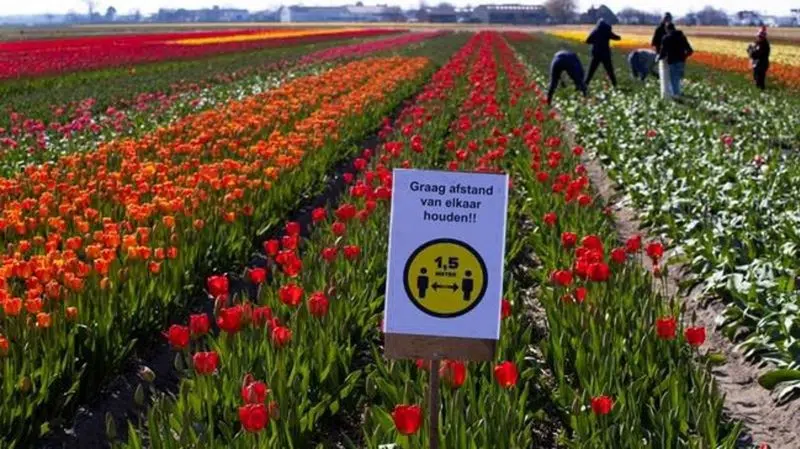
‘The value of a statistical life’ and tiptoe through Dutch tulips; In The News for March 27
In The News is a roundup of stories from The Canadian Press designed to kickstart your day. Here is what’s on the radar of our editors for the morning of March 27 …
COVID-19 in Canada …
Canadians will get an idea today of what the COVID-19 pandemic could mean for Canada’s economy and the federal government’s balance sheet, with the release of a new report from the parliamentary budget officer.
Yves Giroux is planning to post on his website this morning a “scenario analysis” that is intended to help parliamentarians gauge the potential economic and fiscal implications from the combined health crisis and the collapse of oil prices.


